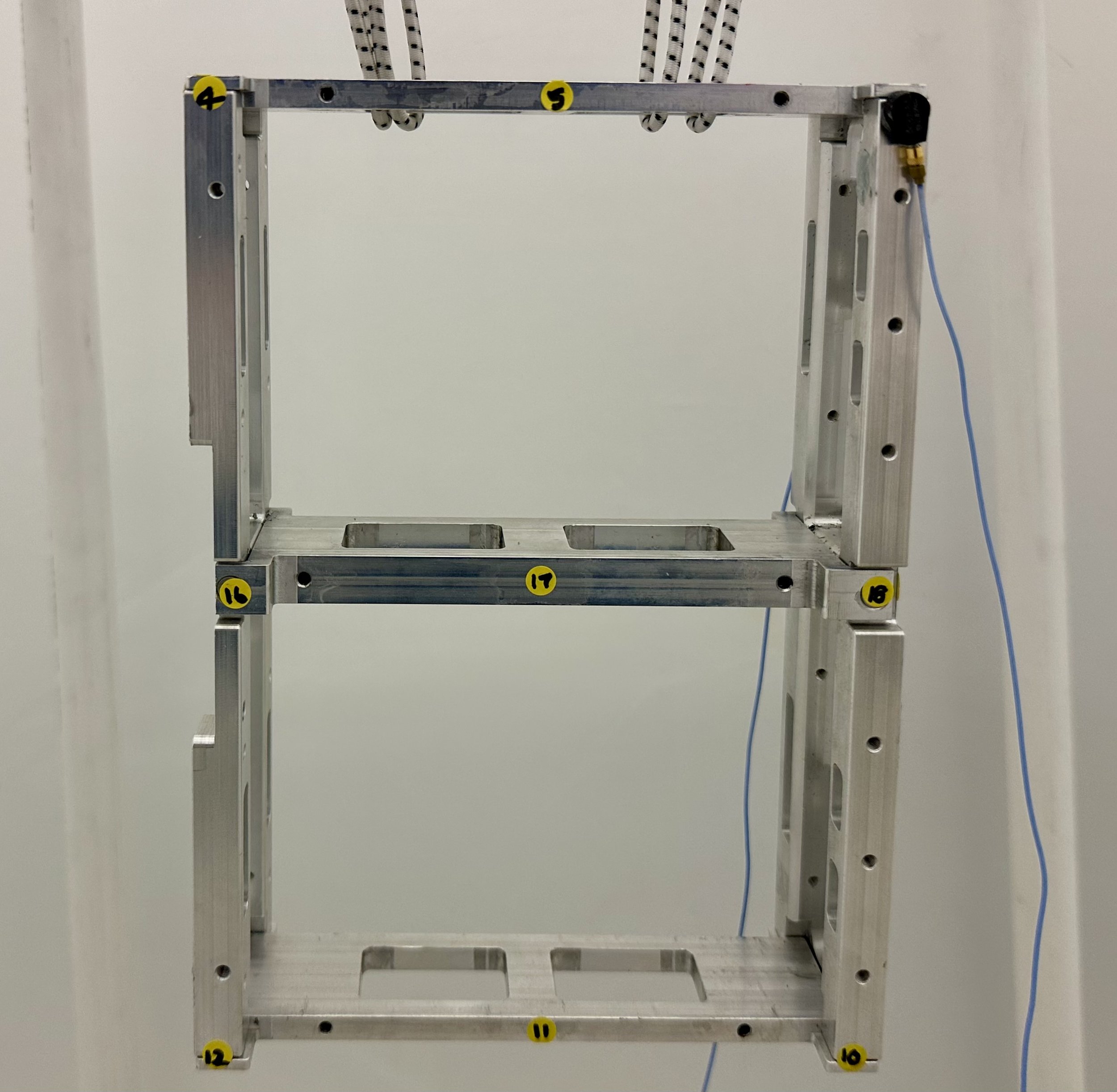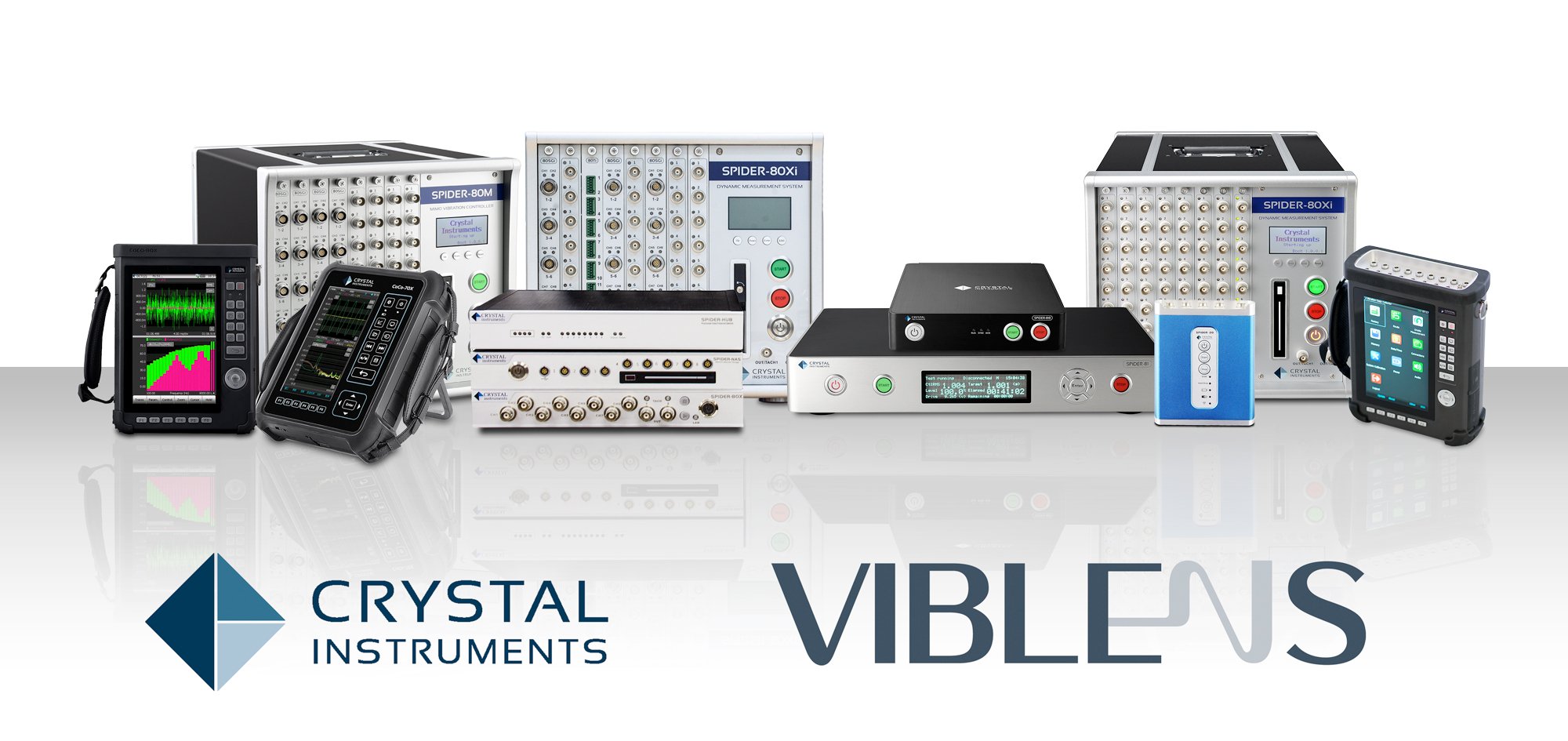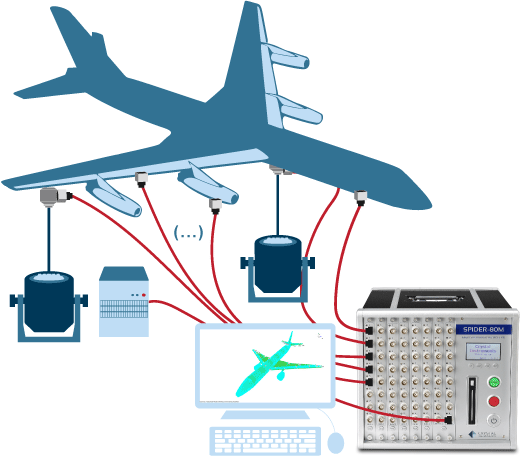A test was conducted at a gun range located at 14750 Skyline Blvd, Los Gatos, CA 95033, to demonstrate the feasibility of detecting gunfire locations using three GRS units that are not connected by wires. Algorithms of time stamped signal processing were applied to the acquired data, and it was shown that the detection accuracy could be within 1 meter. This test exemplifies the application of GPS time stamping technology.
Read MoreThe Fatigue Damage Spectrum (FDS) serves as a pivotal tool in the assessment of structural integrity, portraying the relationship between damage and natural frequency across the frequency domain. Its utility extends to testing laboratories, empowering them to craft precise Random vibration test profiles by analyzing acceleration vibration data derived from real-world environments. By using the FDS, these labs can accurately delineate the damage experienced by structures under dynamic loads, facilitating the development of robust testing protocols essential for ensuring product reliability and safety.
Read MoreThe case described in this article examines the modal characteristics of a satellite model acquired from performing experimental modal analysis. A hammer impact test was carried out with two teardrop uni-axial accelerometers (mounted in different directions) to study the modal behavior. The roving excitation method assists in completely avoiding the potential mass loading side effect produced by a roving response procedure. A hard tip was selected to excite the higher frequency modes.
Read MoreDigital filters are powerful tools utilized during the data conditioning phase to analyze signals. These filters empower users to augment signal processing capabilities by integrating them with other data conditioning modules, thus generating advanced post-analysis functionalities. Among the primary types of real-time digital filters are the Decimation filter, the FIR (Finite Impulse Response) filter, and the IIR (Infinite Impulse Response) filter.
Read MoreA violin was suspended on a frame to a imitate free-free boundary condition. Sentek Dynamics’ BT-100M shaker was used to excite a violin at the base of its front panel. Polytec’s PSV500 laser scanner was used to measure and acquire the data from the back panel of the violin. Crystal Instrument’s EDM Modal software processed and analyzed the dataset to provide the modal parameters of the violin.
Read MoreVariance reduction does not alter the core mechanics of the control loop. Instead, it focuses on reducing the variance in the computation of the control PSD. As a result, the resulting control spectrum adheres more rapidly to stringent alarm limits, which proves particularly advantageous for extremely brief test durations.
Read MoreMIMO SRS vibration testing is challenging to execute due to stringent hardware and software control requirements.
Read MoreOverview
The technology described in this article was successfully used in the Ground Recorder System to achieve a very high measurement of dynamic range for a recent NASA project. This technology is now integrated into the CoCo-80X portable hardware platform by Crystal Instruments.
Click to read: NASA is 'learning to listen to the X-59' by simulating sonic thumps with fighter jets (Image credit: NASA/Carla Thomas)
Read MoreMultiple shaker systems are typically used for vibration testing when the unit under test (UUT) is too long or too heavy to test with a single shaker. This approach overcomes the limitations of high drive requirements with a single shaker test. Multiple shaker systems also allow the UUT to be tested in various configurations and directions in the horizontal and vertical orientations.
Read MoreGround Vibration Testing (GVT) includes the modal analysis of an aircraft and its sub-assembly components to analyze and detect any changes to their structural properties.
Read MoreShaker applications involve the use of many attachments to the shaker’s armature. Head expanders, fixtures, adapters, and devices under test (DUT’s), all attach to the shaker for the testing process. While it is common to simply consider the added mass of these components, their deformation during vibration can also have a significant impact on the vibrations experienced at any certain point of interest.
Read MoreGround Vibration Testing (GVT) involves the modal analysis of an aircraft and its sub-assembly components to analyze and detect any changes in their structural properties. Greek Air Forces will analyze the structure of their aircrafts using our complete solution to enhance the operation of their fleet.
Read MoreAs 2023 ends, CI and Sentek are proud to wish everyone in the test and measurement industry a happy holiday and happy new year. We hope everyone has enjoyed some rest and relaxation with family and friends and are looking forward to a successful 2024!
Read More














